#History #Bar #Furniture #Antique #Cabinets #Modern #Elegance
Bar furniture has a rich, evolving history that began in the homes of European nobility and transformed into today’s modern, stylish statement pieces. From 18th-century liquor cabinets to sleek Art Deco bar carts, these pieces blend functionality with style, serving as both practical storage and focal points for entertaining.
1. Early Beginnings: Cabinets in Aristocratic Homes
The origins of bar furniture trace back to 18th-century Europe, where aristocrats used liquor cabinets to secure and display their imported spirits. In this era, liquor symbolized wealth and sophistication. Craftsmen created ornate cabinets from luxurious woods like mahogany and oak, often with intricate inlays and carvings that showcased the owner’s status.
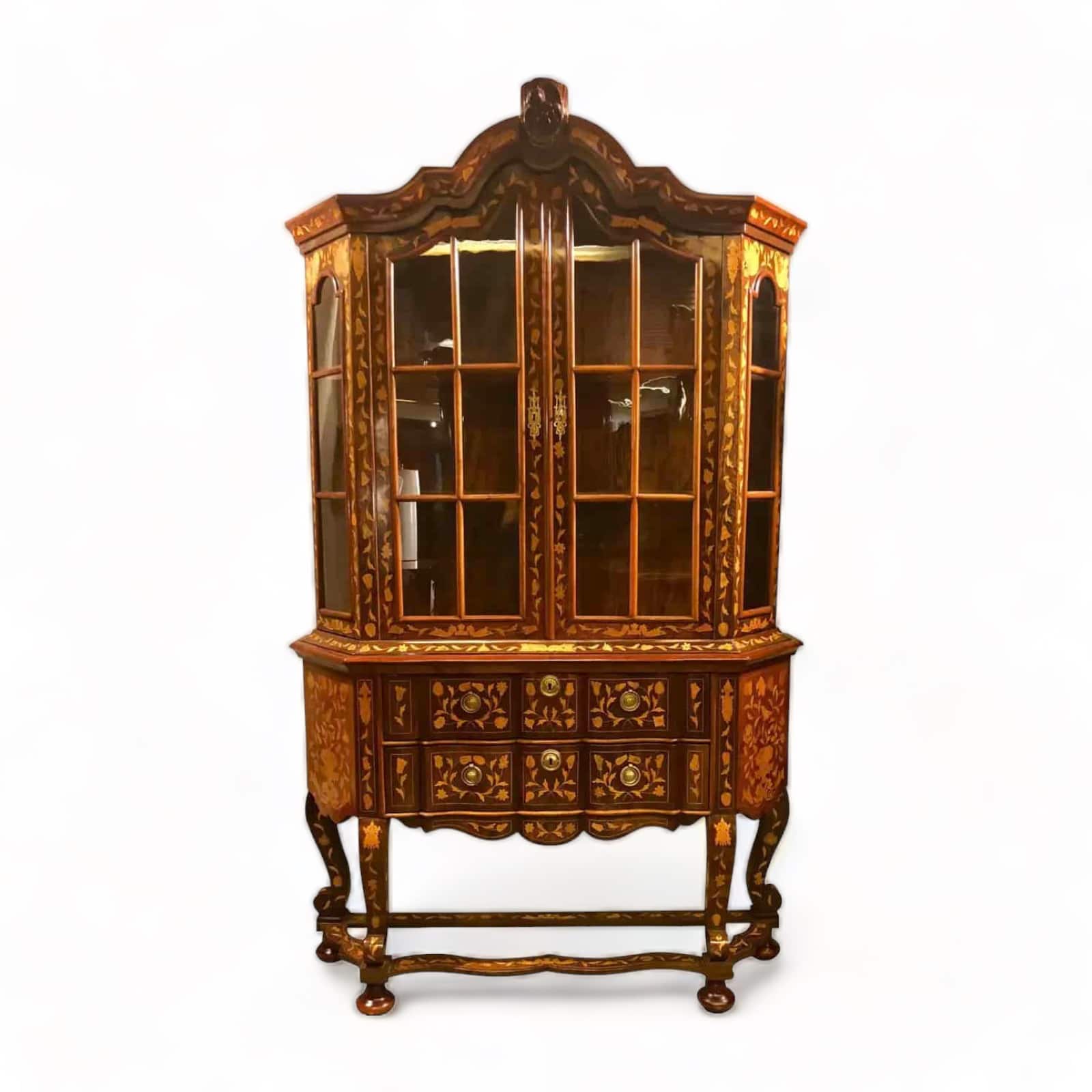
As international trade expanded, families began collecting a broader variety of spirits, requiring larger cabinets to house their selections. Typically located in dining rooms or studies, these cabinets not only served as storage but also enhanced the home’s elegance.
2. The 19th Century: The Rise of Bar Furniture and Sideboards
By the 19th century, the Industrial Revolution had made high-quality furniture more accessible to the middle class. Entertaining at home grew in popularity, and sideboards became a staple in dining rooms, often doubling as liquor storage. Crafted with compartments for decanters and shallow drawers for glasses and tools, these pieces enhanced the appeal of at-home gatherings.
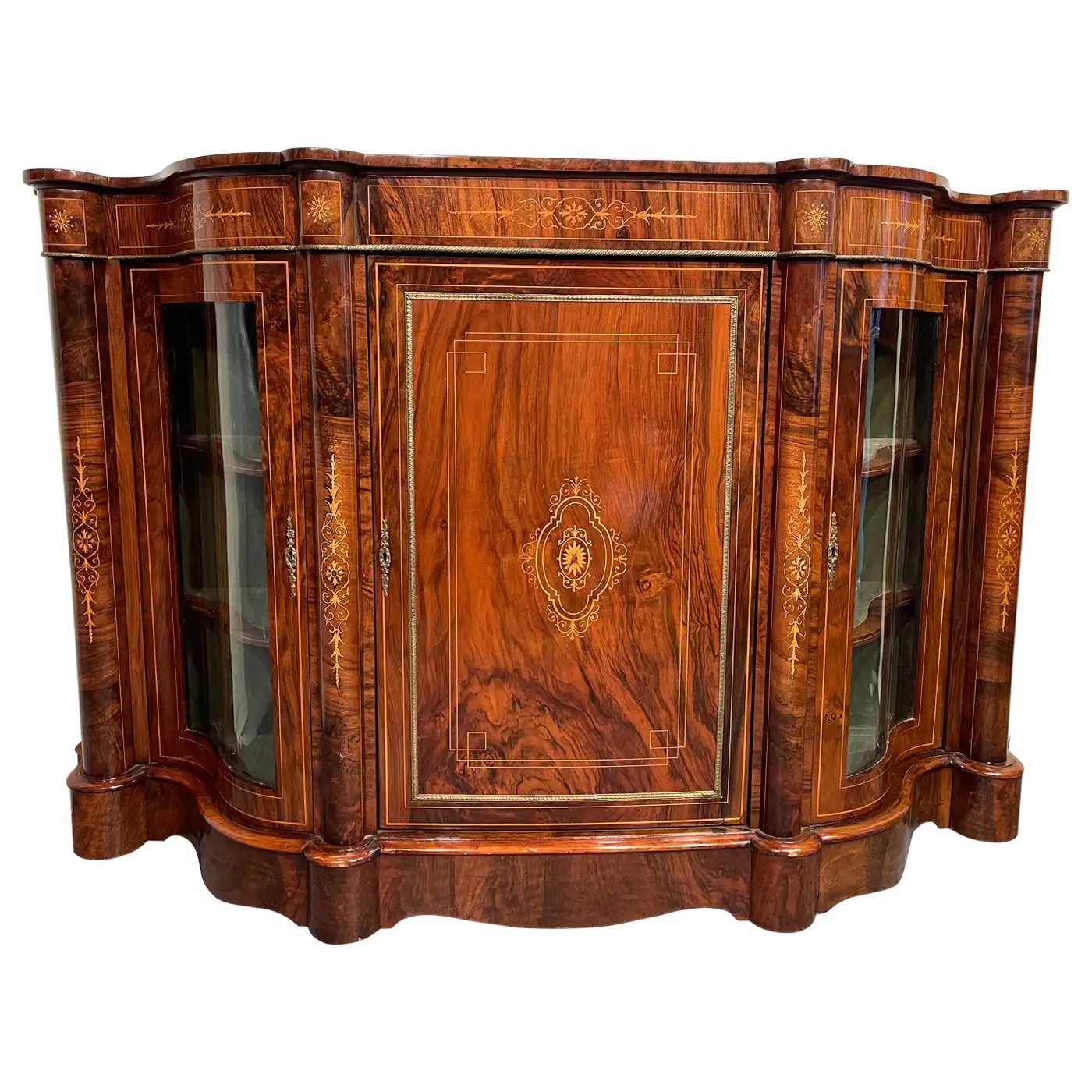

In England, the Victorian affinity for social events spurred demand for more intricate bar cabinets. These pieces gained more visibility in affluent homes and served as an essential part of formal gatherings.
3. The Jazz Age and the Birth of Home Bar Furniture (1920s-1930s)
The 1920s marked a dramatic shift for bar furniture, especially in the United States. Prohibition led to a ban on alcohol, but hidden bar cabinets became a clever solution for those who wanted to keep spirits at home. Furniture makers discreetly incorporated secret compartments into cabinets and other furnishings to store liquor safely out of sight.
Across the Atlantic, Europe embraced the glamorous Art Deco movement, which introduced sleek, modern bar cabinets. These pieces featured black lacquer finishes, chrome accents, and exotic woods like macassar ebony, emphasizing elegance and sophistication. The bar cart also emerged during this period, providing a mobile way to serve drinks throughout the home and adding convenience to gatherings.
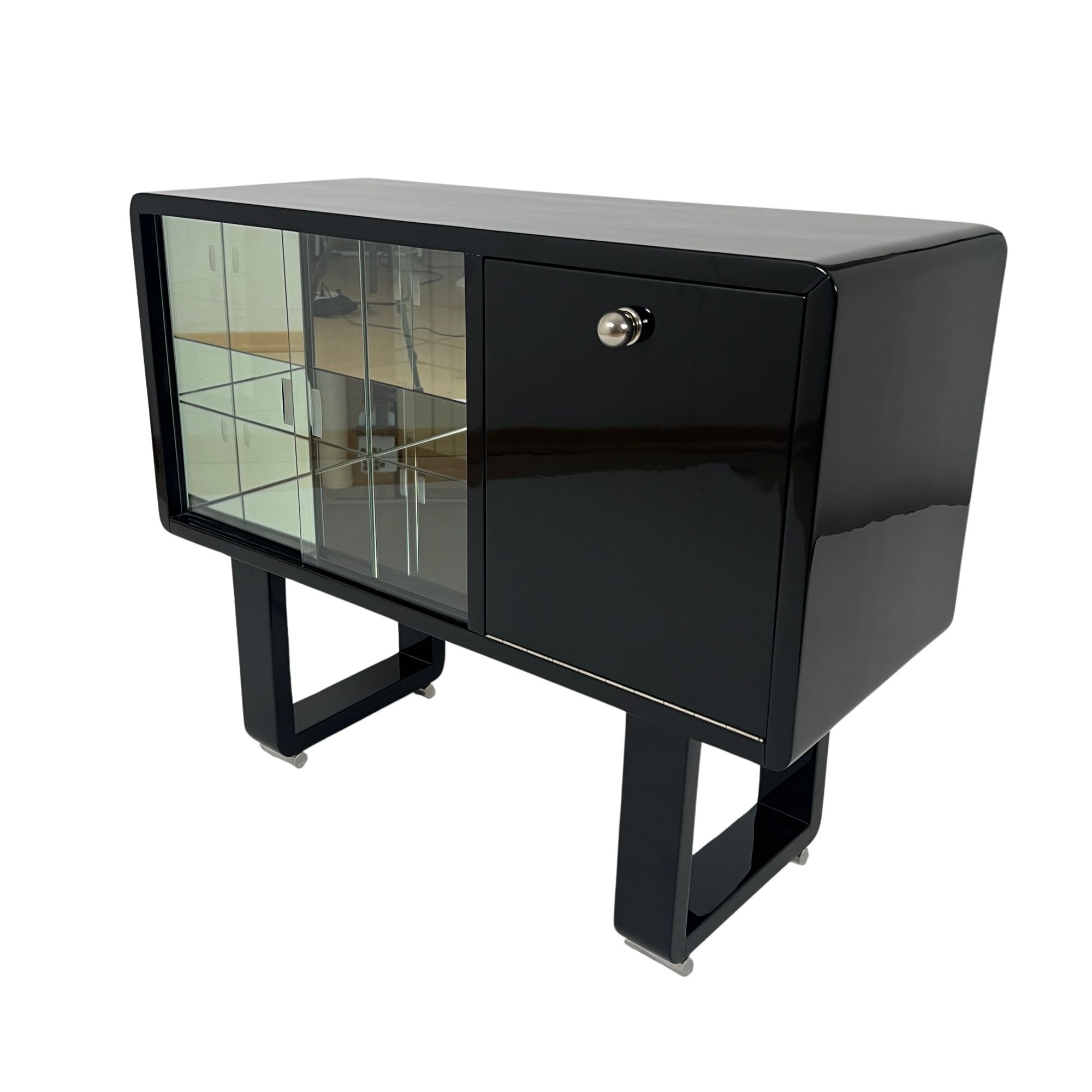

4. Mid-Century Modern: Streamlined and Stylish (1950s-1960s)
During the 1950s and 1960s, bar furniture embraced the minimalist style of the Mid-Century Modern era. This period prioritized simplicity, functionality, and natural materials like teak and walnut. Bar furniture, now stripped of excessive decoration, featured clean lines and practical designs. The bar cart, with its blend of style and utility, became especially popular, as it allowed hosts to serve guests with ease.
These carts symbolized leisure and modernity, and their mobility fit perfectly with the open floor plans of Mid-Century Modern homes. In addition to being functional, bar carts brought style and personality to living spaces.
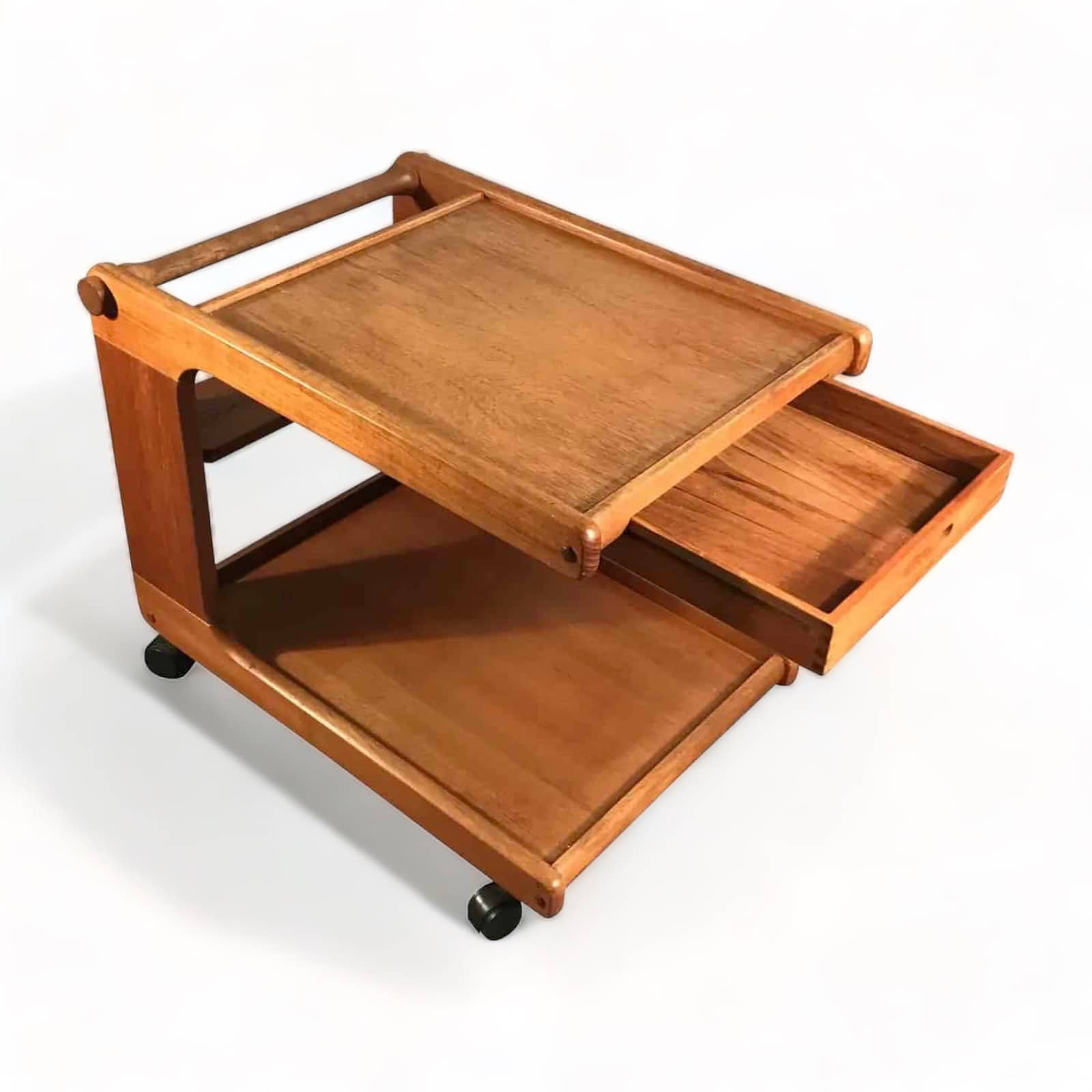

5. The 1970s and 1980s: Bold Design and Opulence
The 1970s and 1980s ushered in a new era of bold and expressive bar furniture. These decades saw a return to opulence, with bar cabinets featuring high-gloss finishes, mirrored surfaces, and brass accents. Rather than blending in, these pieces commanded attention and became central to home decor, reflecting the era’s emphasis on luxury.
During this time, mirrored bar cabinets, often adorned with glass shelves and brass detailing, added a glamorous, high-end feel to interiors. Upscale homes even began incorporating built-in bars, which offered a dedicated space for entertaining and hosting events.
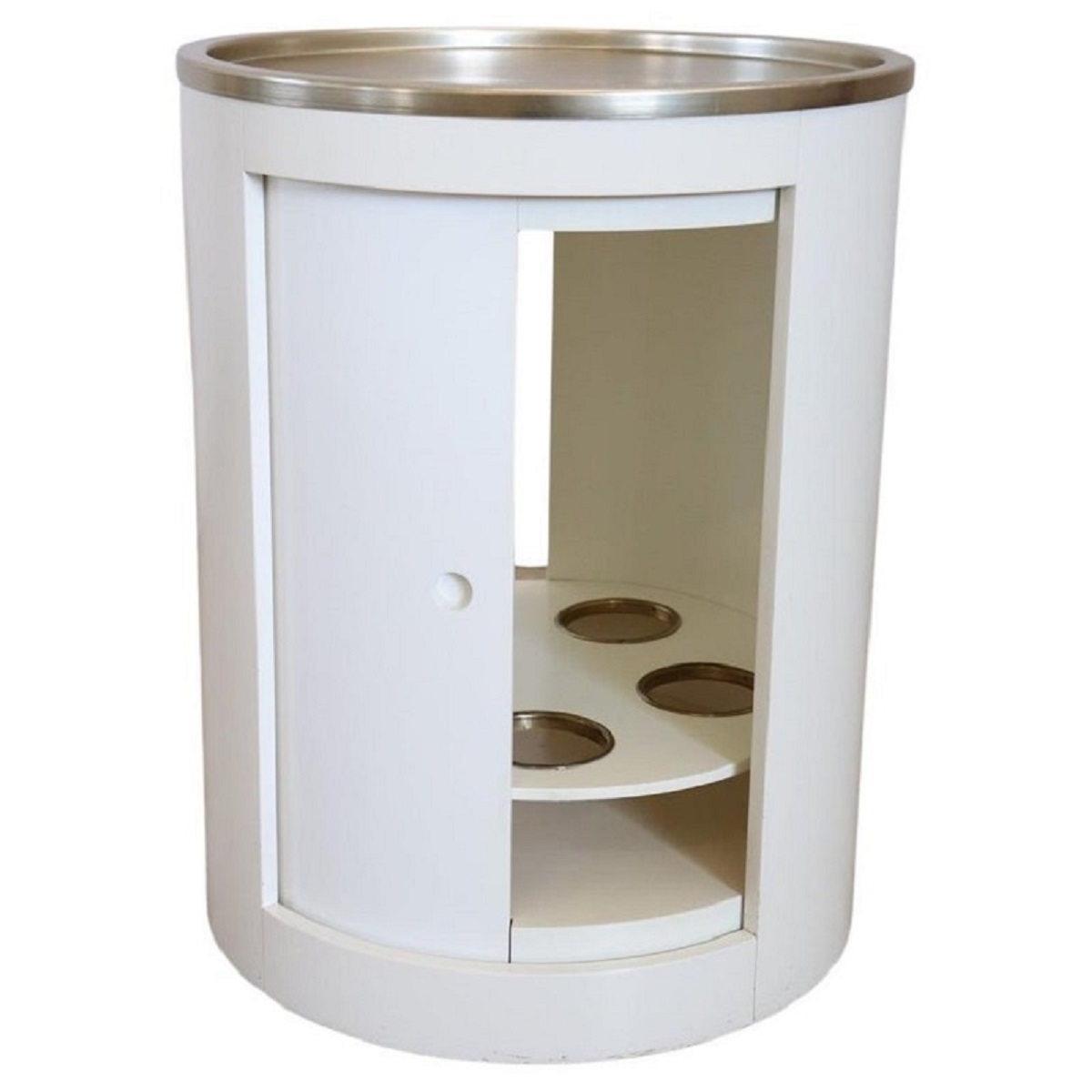

6. Contemporary Bar Furniture: Blending Functionality with Style (1990s-Present)
In the 1990s and beyond, bar furniture experienced a resurgence as homeowners recognized the style and convenience of a dedicated bar area. Modern bar cabinets and carts now come in a variety of styles—from industrial to minimalist and Art Deco-inspired. Designers use materials such as reclaimed wood, marble, glass, and stainless steel to create pieces that complement any aesthetic.
Modern bar furniture often includes specialized features like LED lighting, pull-out trays, and compartments designed to hold wine bottles, spirits, and glassware. The rise of open-concept living spaces has also influenced bar furniture, with many pieces designed to seamlessly integrate into the main living area, making them accessible and visually appealing.
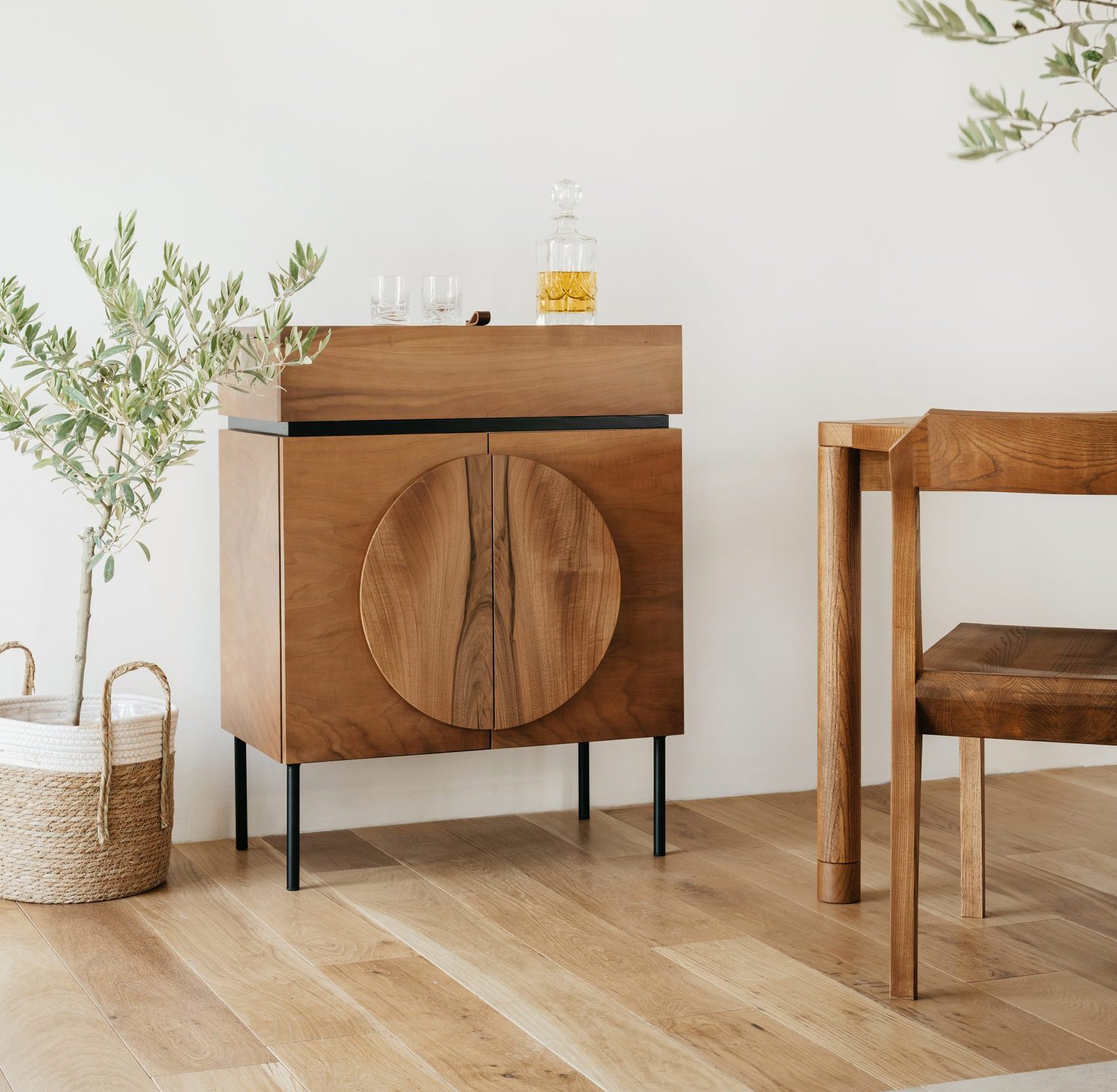

7. The Bar Cart Renaissance
The bar cart has enjoyed a major revival in recent years, emerging as a trendy, versatile accessory. Alongside essential bar tools and a selection of spirits, bar carts also hold decorative touches, making them both functional and personal. Today’s popular designs range from vintage-inspired brass and glass carts to minimalist metal and wood models, each adding charm and convenience to any gathering.
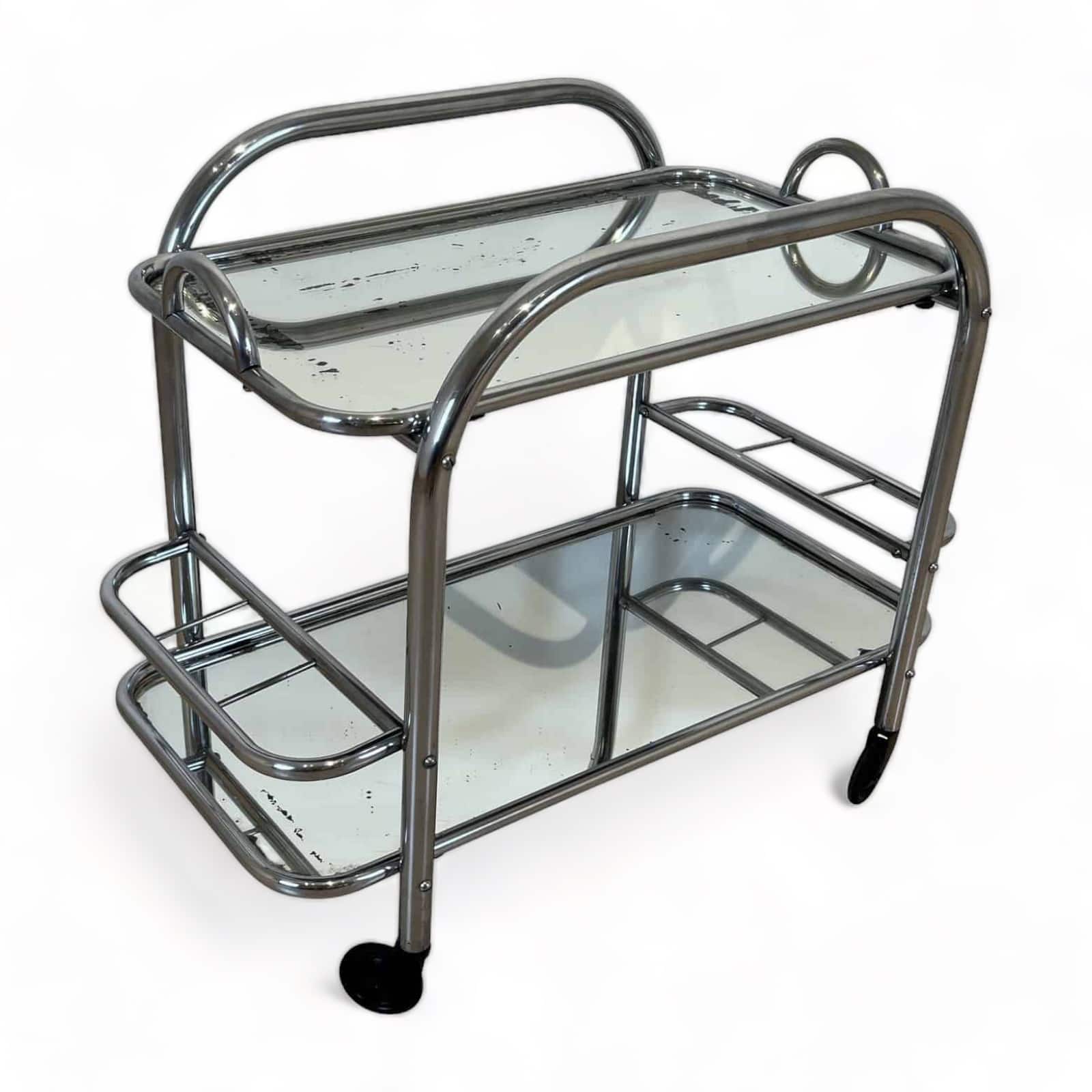

With its portability and design flexibility, the bar cart suits small spaces and larger homes alike. Some models even come with locking wheels, ensuring stability during gatherings while remaining easy to move when needed.
8. Sustainability in Modern Bar Furniture
In line with today’s emphasis on sustainability, bar furniture now often incorporates eco-friendly materials and responsible sourcing practices. Designers frequently use reclaimed wood, recycled metals, and other sustainable materials. Many homeowners are also turning to vintage or antique bar furniture, combining style with eco-consciousness by repurposing quality, pre-owned pieces.
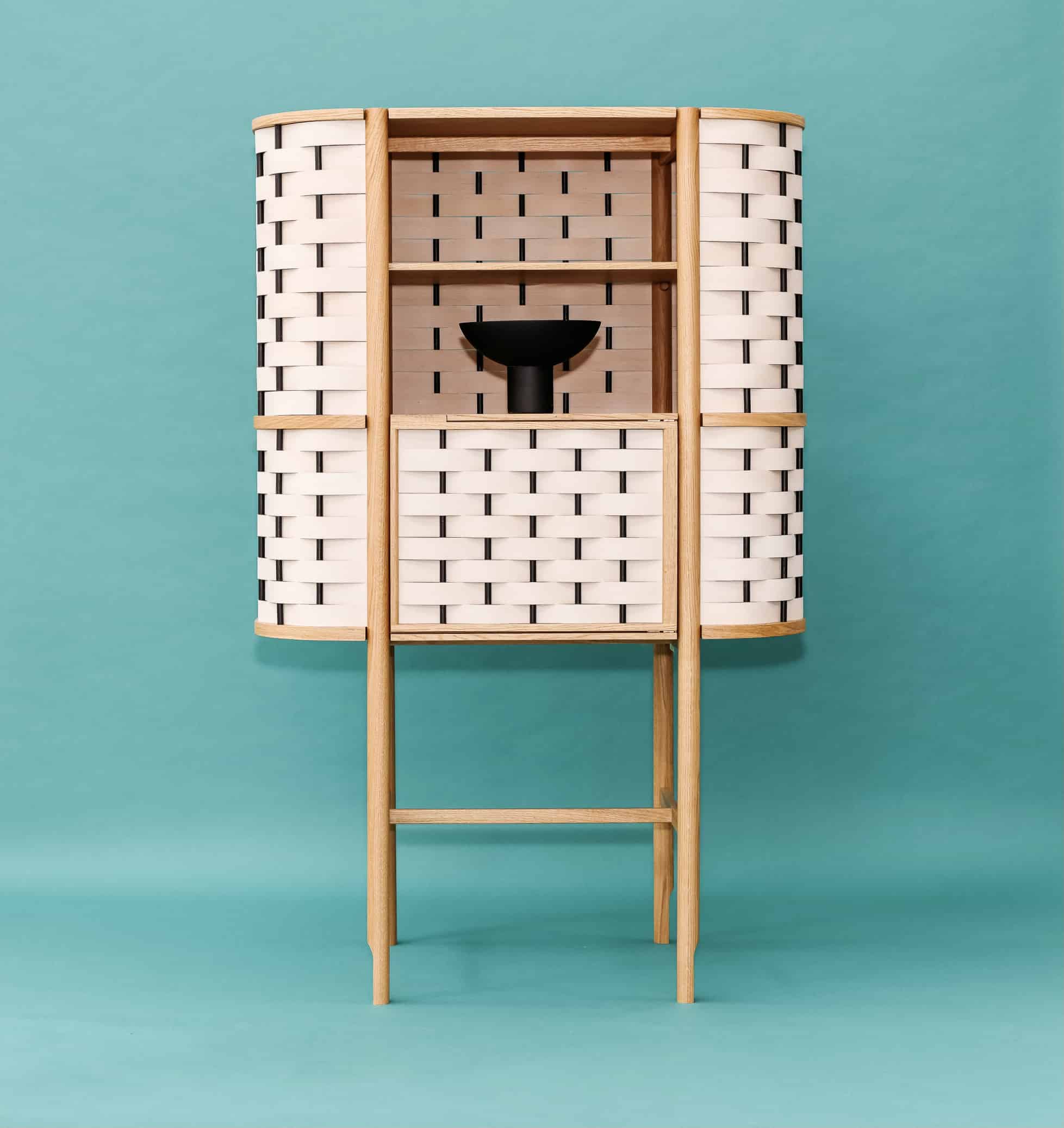

Conclusion
From noble liquor cabinets to modern bar carts, bar furniture has adapted to shifting tastes, lifestyles, and social traditions. Today’s bar furniture not only enhances the experience of entertaining but also reflects personal style, adding character and elegance to any space. With options that range from antique treasures to sleek modern carts, these pieces celebrate the joy of gathering, marking every home bar as a place for creativity, style, and memorable moments.


